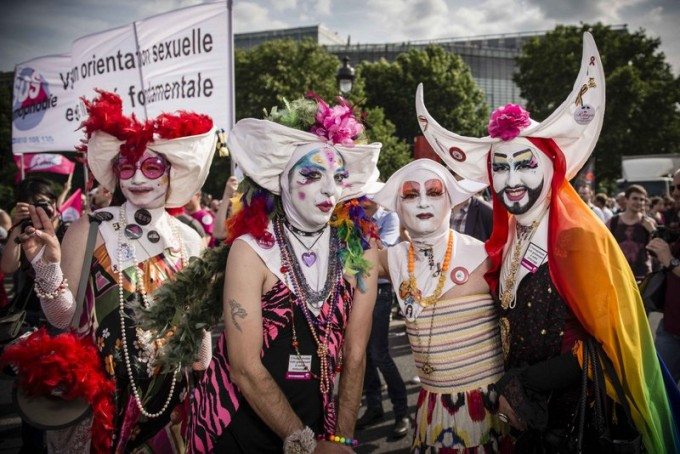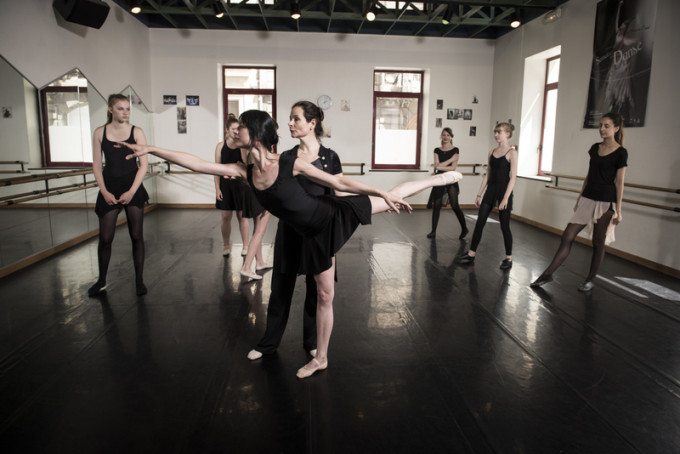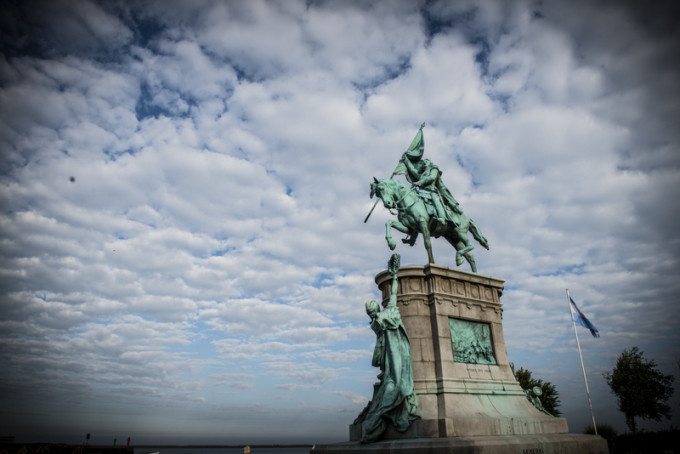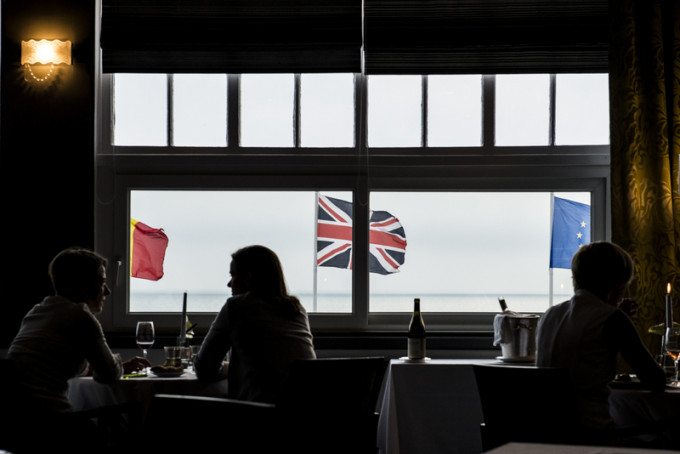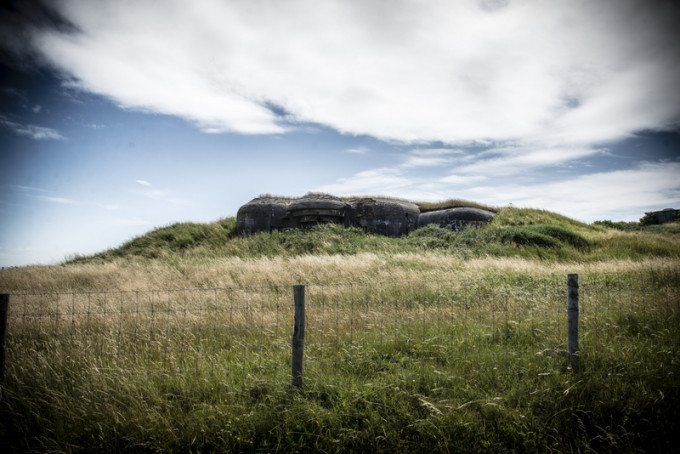
All images are © Hugo Passarello Luna and are used with permission.
In this episode of ISO 400, we hear from Hugo Passarello Luna, an Argentinian journalist and photographer who’s based in Paris and has been for about five years now. He’s worked on a number of projects, not the least of which is the “Unexpected Photo Essay on Cortázar, His Readers and Paris” from last year. He honored the centennial of Argentinian novelist Julio Cortázar’s birth by photographing his readers in Paris in the context of his novel “Hopscotch,” which we interviewed him about here. In this episode, Hugo talks about his lifelong fondness for storytelling, his cross-cultural experiences as a journalist, and more.
For more Hugo’s work, check out his website. You can also find him on Twitter and Instagram. A selection of his photographs, as well as the episode, is down below.
As always, our music is provided by Yuki Futami, a New York-based jazz musician.
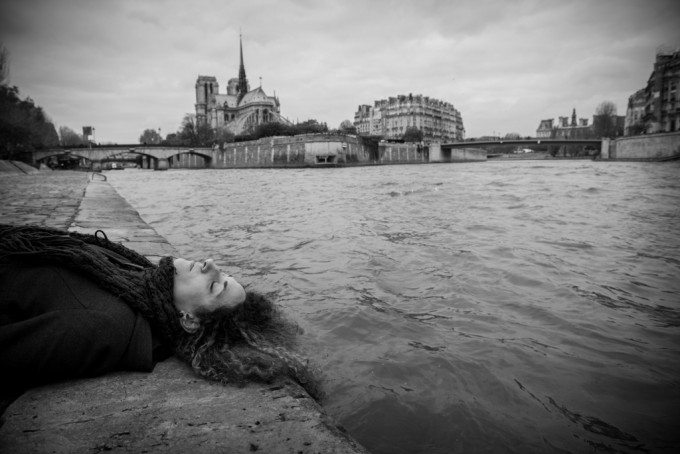
‘Oh no; hold it right there.’
‘You know that sometimes I really can see. I see things so clearly. To think that an hour ago I thought the best thing to do would be go jump in the river.’
‘Body of an unidentified woman found in Seine… But you swim like a swan.’”
Hopscotch, Chapter 20, Julio Cortázar
Why did I choose this passage and place?
“For me Hopscotch is a book you read when you are young, a book of questions and discoveries, but not that many answers. During my youth the metaphysical and festive voyages of Horacio and La Maga, motivated me as much as the Gliglish language. It was one of my first erotic readings, plunged in that river of human and divine mysteries. There were many questions on the meaning of life and death, both tied to each other. The fragment I chose highlights the idea of death as something logic and liberating if done in the Seine, a river that I learnt to like as a character of the book. The concept of the end of life and the image of the river, of the water in the background, made me chose these lines among all the others, all full of images worthy of a masterpiece like Hopscotch.”
Erica de Dios Morales
Spanish Teacher. Spanish
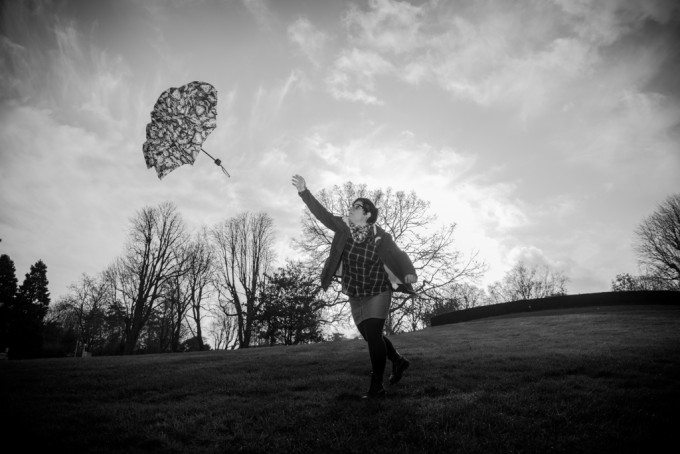
Hopscotch, Chapter 1, Julio Cortázar
Why did I choose this passage and place?
“If we order them chronologically, the first reason for which I chose this fragment comes from the first time I read Hopscotch. Back then I had already decided to stop using umbrellas altogether, so the description of sacrificing an umbrella impressed me and got engraved in my memory. The second reason is literary; the image that Cortázar builds is beautiful. Finally, the last reason, and probably the most important one, is that when I first visited Montsouris Park I did it together with a person I loved very much. We walked around the park discussing the famous scene of the sacrificed umbrella. Needless to say, it rained that day.”
Marcela Vivar
Visual artist and photographer. Argentinean.
